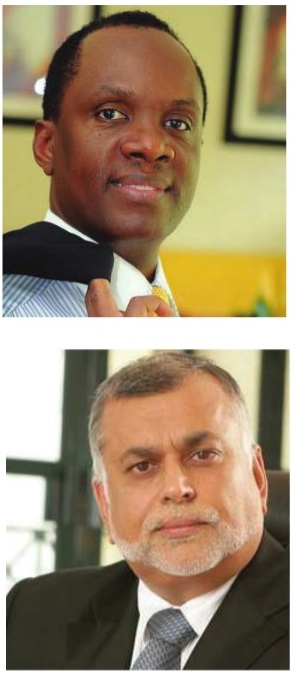
As matters stand, the government, in fact, plans to continue paying capacity payments to the two thermal plants. In 2016, up to Shs83 billion has been budgeted for that.
In 2016, the generation from ElectroMaxx is expected to be maintained at 7MW generating 61.32 GWh. However, the Electricity Regulatory Authority (ERA) projects that generation from thermal plants will become more critical and increase when the generation from other sources is exhausted sometime this year. According to ERA, this will be the only way to avoid load-shedding.
The 50MW Jacobsen Uganda Power Plant Company Ltd in Namanve is also expected to generate more energy in the later part of 2016 to avoid load shedding as generation from other sources is exhausted. Its expected total generates in 2016 is 84.0 GWh at a cost of Shs46 billion. The plant in 2015 got approval of an extension of its license for one year from the ERA.
Investors like Bitature established thermal power plants to fill the gap left by inadequate power generation that led to incessant power cuts around 2009. At this time, there were riots over load-shedding in some towns.
Jacobssen and Electro-Maxx, however, supplied very expensive electricity; selling a kilowatt hour of power to Electricity transmitter, Uganda Electricity Transmission Company Ltd (UETCL) at about $30 cents (compared to the only other supplier at the time; Eskom, which was at 3 U.S. cents).
Because this cost was very high, government was compelled to sudsidise the cost of electricity to the consumers. The subsidies alone cost the government U.S$ 624 million from 2005 to 2012.
Government stopped consuming the costly thermal power when the 250 MW Bujagali damwas commissioned. However, the investors of the thermal plants continue to be paid to maintain and run their generators as a standby fallback position if demand outstrips as ERA anticipates could happen soon.
According to its 2016 figures, ERA projects that as long as the prices of fuel on the international market remain at relatively the current prices, the power purchase cost of the thermal plant is expected to be maintained at Shs35 billion this year.
Commenting on the continuing payments to plants that are not generating electricity, Kiyemba said holding such a view would be to “mislead the public”.
“Those complaining about the cost of power are forgetting that lack of it costs ten times more,” he said.
Minister Kasaija, meanwhile, admitted that the power from the thermal was expensive but said that when the investors sunk their money into the plants, they helped with the incessant power plants. Based on this, it would appear that the Shs47 billion to Bitature is not a “bail-out” in the sense of a free rescue package.
However, it is not a secret that efforts to rescue some financially distressed individuals and private businesses continue at the same pace as the controversy they have courted.
By June this year, the government had a list of over 60 companies, allegedly supplied by Bitature, that were on the verge of collapse and needed a bailout of Shs 1.3 trillion to clear their loan obligations to lending banks.
Facing intense pressure from the central bank to meet the requirements of its regulatory instruments that require them to recaptalise when they accumulate nonperforming loans, commercial banks were coming hard on private business people.
 The Independent Uganda: You get the Truth we Pay the Price
The Independent Uganda: You get the Truth we Pay the Price




The feeding bonanza has begun. I wonder why it took so long!!